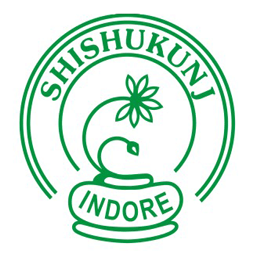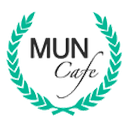UN4MUN: The Real UN Experience
The procedure of the Shishukunj Model UN is according to the UN4MUN Procedure as established by the United Nations Department of Public Information. The Shishukunj MUN is one of the first conferences in India to follow this procedure.
Model United Nations (MUN) simulations are popular exercises for those interested in learning more about the UN. It is estimated that more than 400,000 students worldwide participate every year in MUNs at all educational levels – from primary school to university. Many of today’s leaders in law, government, business and the arts participated in MUN as students. But did you know that many MUNs do not follow the actual rules and practices used at the UN? That is why the UN Department of Public Information decided to launch UN4MUN, an initiative to teach MUN teams how to bring their simulations more in line with the way the UN actually works. In order to boost the effectiveness of Model UN simulations the United Nations Department of Public Information (UNDPI) together with the World Federation of the United Nations Associations (WFUNA) have elaborated the UN4MUN Concept, which aims to facilitate the accuracy of the simulation of the United Nations principles and practices throughout Model UN Conferences.
The Shishukunj Model United Nations is the first Model UN Conference in Madhya Pradesh implemented in frames of the UN4MUN Concept. The Shishukunj MUN would use the UN4MUN approach to simulate UN meetings of the General Assembly and Security Council and other ECOSOC and Regional Bodies developed by the United Nations Department of Public Information. UN4MUN offers the most accurate simulation of the United Nations in the world and gives participants an experiential insight into how the UN really functions. This includes an emphasis on adopting resolutions by consensus, which means delegates negotiate until they all agree on the text of a draft resolution and can formally adopt it without needing to vote. The collaborative nature of consensus building process is in stark contrast to the competitive voting process used in traditional Model UNs. In addition, UN4MUN replaces the parliamentary Rules of Procedure used by traditional MUNs with rules that are based on the actual rules used by the United Nations General Assembly and Security Council.
The UN4MUN Procedure is unique in three ways. First, it introduces a leadership structure and responsibilities that accurately mirror the relationship between the General Assembly and UN Secretariat. As a result, student leaders play a more substantive role in the conference than they do in typical MUN simulations. Second, it uses Rules of Procedure that are much closer to those used at the UN. While there is some variety in the rules of procedure used by MUN programs around the world, they are largely based on parliamentary rules of procedure, which differ from those used at the UN. The General Assembly Rules of Procedure do not have many of the points and motions used during typical MUN simulations, such as Points of Information, Points of Personal Privilege or Points of Inquiry. In some instances, parliamentary procedures violate the sovereign rights of Member States and are therefore not appropriate for simulations of the General Assembly or Security Council. Even the terminology that has evolved over time is different than what is used at the UN. For example, the distinction between “friendly” and “unfriendly” amendments does not exist, and the terms “moderated” and “unmoderated caucuses” are not used either. Third, most decisions adopted by the General Assembly and Security Council are made by consensus. The leadership structure and rules of procedure should, therefore, support a working environment that encourages delegates to build consensus.

